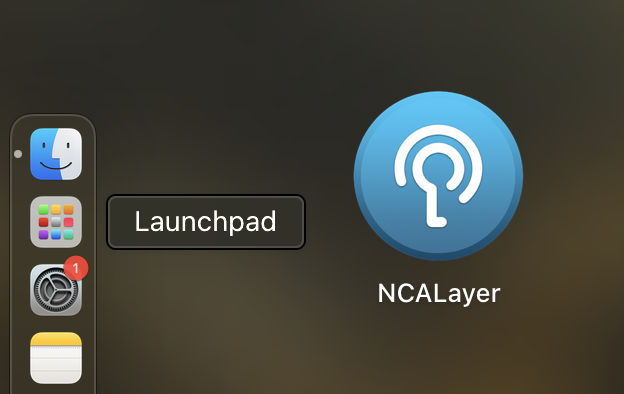- The Trimble Data Transfer software transfers data from a range of devices to your PC. You can then import the data into the Trimble Geomatics Office™, Trimble Total Control™, Terramodel®, Trimble Business Center, GPS Pathfinder® Office software, or Trimble Link™, or the GPS Analyst™ extension for ESRI ArcGIS Desktop software.
- FTINF is no longer supported or recommended for use. This utility is only compatible with driver version 2.12.00 and no later. If you require to create custom INF files, please use the latest driver files and edit them manually. AN107 Advanced Driver Options provides useful information. FTINF is a free application allowing users to create custom inf files that can be used in conjunction.
- Your PC's OS has been detected as indicated below. If not, select your PC's OS here.
Mac OS X's built-in compress function makes zip files that contains Mac specific information that, when extracted on a PC, looks like garbage. YemuZip lets you choose between a PC-friendly format and a Mac format that preserve all the Mac-specific metadata. YemuZip remembers your recently chosen destination folders.
macOS Recovery is part of the built-in recovery system of your Mac. You can start up from macOS Recovery and use its utilities to recover from certain software issues or take other actions on your Mac.
How to start up from macOS Recovery
- Turn on your Mac and immediately press and hold these two keys: Command (⌘) and R. Need help?
- Release the keys when you see an Apple logo, spinning globe, or other startup screen.
- You might be prompted to enter a password, such as a firmware password or the password of a user who is an administrator of this Mac. Enter the requested password to continue.
- Startup is complete when you see the utilities window:
- After starting up from macOS Recovery, select a utility, then click Continue:
- Restore From Time Machine Backup:Restore your Mac from a Time Machine backup.
- Reinstall macOS: Download and reinstall the Mac operating system.
- Get Help Online: Use Safari to browse the web and find help for your Mac. Links to Apple's support website are included. Browser plug-ins and extensions are disabled.
- Disk Utility: Use Disk Utility to repair your disk or erase your disk or other storage device.
Additional utilities are available from the Utilities menu in the menu bar: Startup Security Utility (or Firmware Password Utility), Network Utility, and Terminal.
- To quit macOS Recovery, choose Restart or Shut Down from the Apple menu . If you want to choose a different startup disk before quitting, choose Startup Disk from the Apple menu.
If you can't start up from macOS Recovery
If your Mac can't start up from its built-in macOS Recovery system, it might try to start up from macOS Recovery over the Internet. When that happens, you see a spinning globe instead of an Apple logo during startup:
To manually start up from Internet Recovery, press and hold either of these key combinations at startup:
- Option-Command-R
- Shift-Option-Command-R
Learn more
If startup from Internet Recovery is unsuccessful, you see a globe with an alert symbol (exclamation point):

In that case, try these solutions:


In that case, try these solutions:
- Make sure that your Mac can connect to the Internet. If you're not prompted to choose a Wi-Fi network during startup, move your pointer to the top of the screen, then choose a network from the Wi-Fi menu , if available.
- Press Command-R at startup to try using the built-in Recovery system instead of Internet Recovery.
- Connect to the Internet using Ethernet instead of Wi-Fi, or vice versa.
- Connect to the Internet from a different Wi-Fi or Ethernet network. Your network configuration might not allow the Internet access that macOS Recovery needs.
- Try again later, because the issue might be temporary.
- Start up from another disk or volume, if available, or use a bootable installer to reinstall macOS.
If you still need help, please contact Apple Support.
The EVE Screen Designer (ESD) 4.8 is the next generation of smart IDE for EVE, making EVE-based GUI development much easier to accomplish. This tool enables users to build a GUI application using a visual programming method without needing to know any EVE-specific display list commands.
ESD 4.8 provides a WYSIWYG ('What You See Is What You Get') environment for editing graphics, designing visual effects, and defining GUI application user logic, generating ANSI C code for the targeted hardware platform. Users can also choose to simulate the whole design to experience the UI before compiling and downloading the generated source code. Furthermore, ESD 4.8 has the capability to work seamlessly with Bridgetek's FT9XX tool chain. Users can compile and link the generated source code with the FT9XX tool chain and upload it to the targeted platform without leaving ESD.
Utilities For Mac Os X
In addition to the existing features of ESD 3.x, ESD 4.8 introduces a new layout mechanism to manage widgets and pages in a more generic way. The layout mechanism will enable users to create more dynamic UI much easier than before. In addition, ESD 4.8 dramatically enhances the functionality of logic nodes editor, layout editor and project browser, for better user experience.
